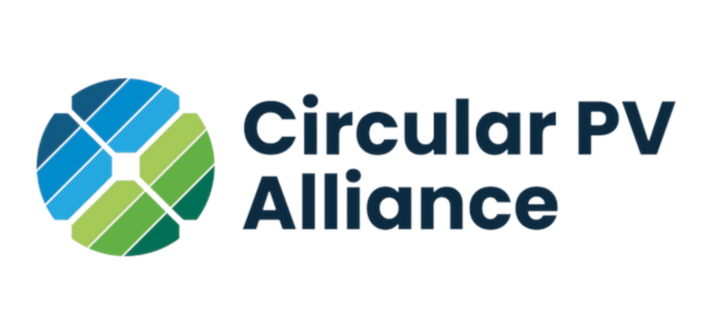Research and Higher Education, plus training and job skills, gain 2020 Budget boost
Minister for Education Dan Tehan said education would be critical to Australia’s COVID-19 economic recovery

The Federal Government is investing $51 billion in education to help drive Australia’s recovery from COVID-19 by guaranteeing essential services, including $550.3 million for additional university places and short courses and $1 billion for university research.
“Our budget is providing funding for research that will drive new technologies and support jobs, improving support for school students and teachers impacted by COVID-19, and supporting working parents with child care needs,” Mr Tehan said.
Higher Education, Research and International
The Australian Government is boosting investment in research and key research infrastructure through a number of new measures, including:
- An additional $1.0 billion in 2020-21 through the Research Support Program to support universities to continue the delivery of world class research
- $40 million to create a Strategic University Reform Fund (SURF) to bring together universities and local industries to partner on innovative reform projects
- $20.0 million to enable the University of Adelaide to establish a Centre for Augmented Reasoning to develop machine-learning technologies for use in a wide-range of industries and areas
- $5.8 million for scoping a University Research Commercialisation Scheme to better translate and commercialise university research outputs
The Government will also invest $157 million over three years to implement the 2020 Research Infrastructure Investment Plan. This measure will support the Government’s ongoing investment in existing research infrastructure and support the commencement of four new projects in national research priority areas.
The Government will provide $903.5 million over four years from 2020-21 for more university places and support for students. The funding includes:
- Funding for 12,000 university places for Australian students; and
- An additional 50,000 short course places.
The Government is also committing $24.8 million for a new program commencing from 2021 to create pathways to STEM careers for up to 500 women through industry-sponsored advanced apprenticeship-style courses.
Skills and Training
To get more people the skills they need and to support job seekers back into work, the Australian Government will fund 100,000 new apprenticeships through the $1.2 billion Boosting Apprenticeship Commencements wage subsidy. It will be paid to businesses of any size who take on new or recommencing apprentices from 5 October 2020 to 30 September 2021, for wages paid in that period, capped at $7,000 per quarter.
The Government will create a new Apprenticeships Data Management System (ADMS) to better support the needs of apprentices and employers as Australia works to recover from COVID-19 and get more people into apprenticeships and back to work. It will replace the current outdated apprenticeships information system, known as the Training and Youth Internet Management System (TYIMS) at an estimated cost of $91.6 million.
New job seekers who lack basic language, literacy and numeracy skills will be supported to access the training and support they need with funding for an additional 14,485 places in the Skills for Education and Employment (SEE) program. The Government will invest $49.5 million to fund these additional places over two years.
The Government is cutting fees and charges to students and educators, including waiving the Tuition Protection Levy for the VET Student Loans (VSL) program, providing $6.3 million in funding to the Tuition Protection Service, and extending exemptions for eligible students from paying loan fees under the VSL program to 30 June 2021.
Eligible students will have more time to have their VET FEE-HELP debt re-credited after the Government committed $11.9 million to extend the VET FEE-HELP Student Redress Measures to 31 December 2022.
Employment
The Australian Government will fund a range of measures to help job seekers as they search for employment and to help businesses access workers. These measures include:
- $24.7 million to streamline the successful ParentsNext program to better support parents – mainly women – to plan and prepare for a return to employment in the COVID-19 recovery.
- $3.9 million to extend the Time to Work Employment Service by a further 12 months to help Aboriginal and Torres Strait Islander prisoners transition into work upon release.
- $183.1 million to fast-track and expand the current Online Employment Service to ensure the most job-ready job seekers get the most appropriate support in preparing for and finding work, based on their individual circumstances.
- $21.9 million to support initiatives to connect more young Australians to youth specialist employment services and targeted assistance. This includes reducing the waiting period for early school leavers who are not in receipt of income support to access the specialist youth service Transition to Work.
- $295.9 million over four years to transition to a New Employment Service Model digital employment services platform from July 2022. The new digital platform will help transform the delivery of employment services in Australia, benefiting job seekers, employers and employment service providers.
- $20.7 million to simplify the income support claiming process, reduce the time it takes and improve the process for job seekers to start receiving the employment support they need to find a job.
- Support the job readiness of jobactive participants by providing a further $35.8 million injection to the Employment Fund in 2021-22.
- $17.4 million to help job seekers with relocation assistance to take up a job for ongoing work or to temporarily relocate to harvest and regional areas to take up agricultural work.
- Giving more Australians, including veterans transitioning to the civilian workforce, the chance to become their own boss or strengthen their existing small business by expanding the New Business Assistance with NEIS (New Enterprise Incentive Scheme) program.
- An additional $9.0 million to the Seasonal Worker Programme to safeguard the welfare of Pacific and Timorese workers and ensure employers can meet critical seasonal labour needs.
- $62.8 million for the Local Jobs Program, which will focus on reskilling, upskilling and employment pathways in 25 Employment Regions across Australia to assist people back into the workforce.
- $6.5 million to increase support for job seekers engaged in the New Employment Services Trial (NEST) who are at risk of long-term unemployment.















